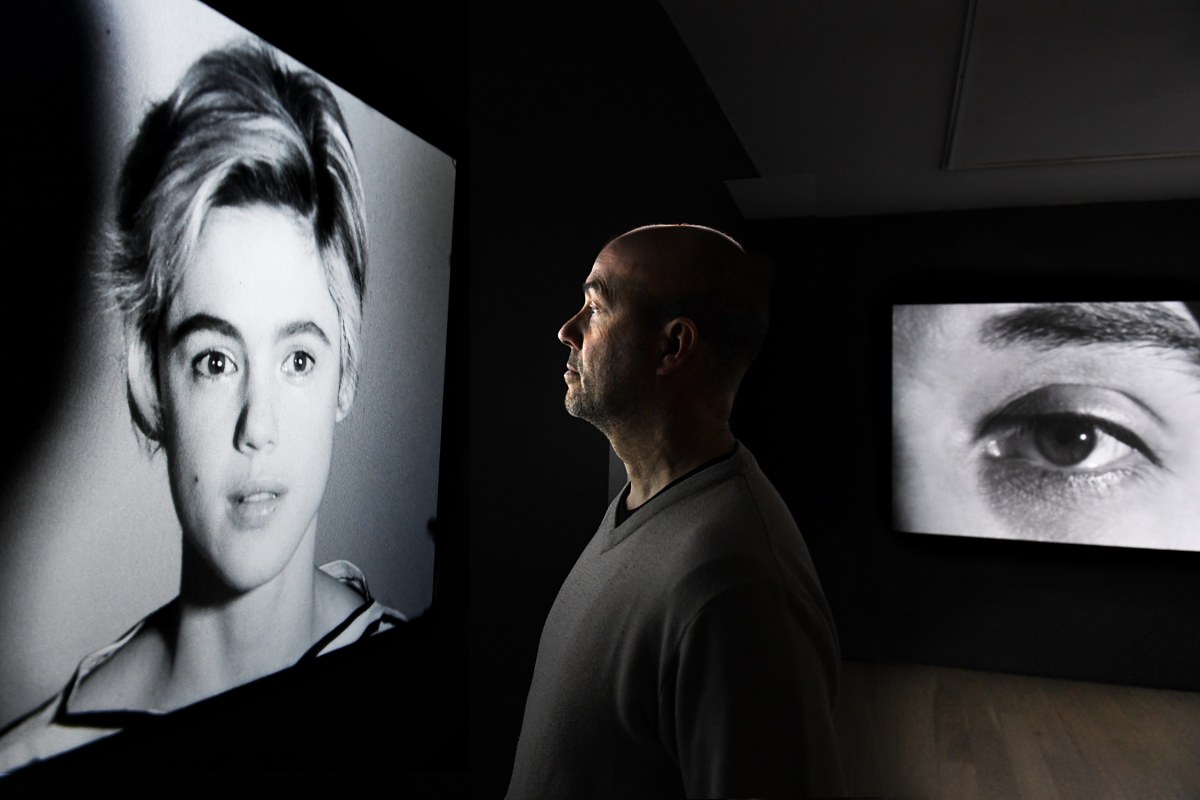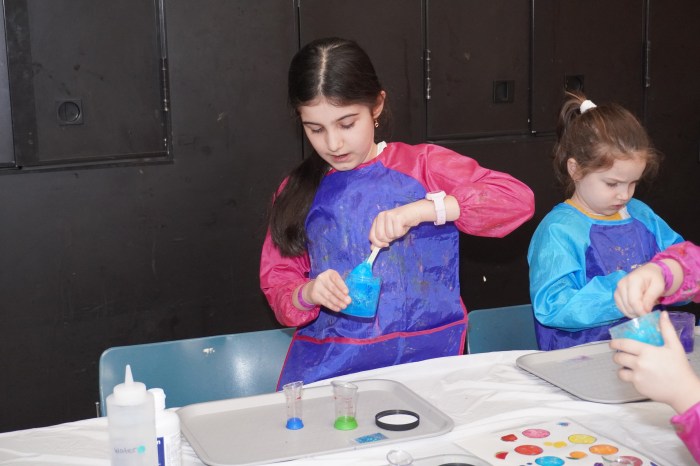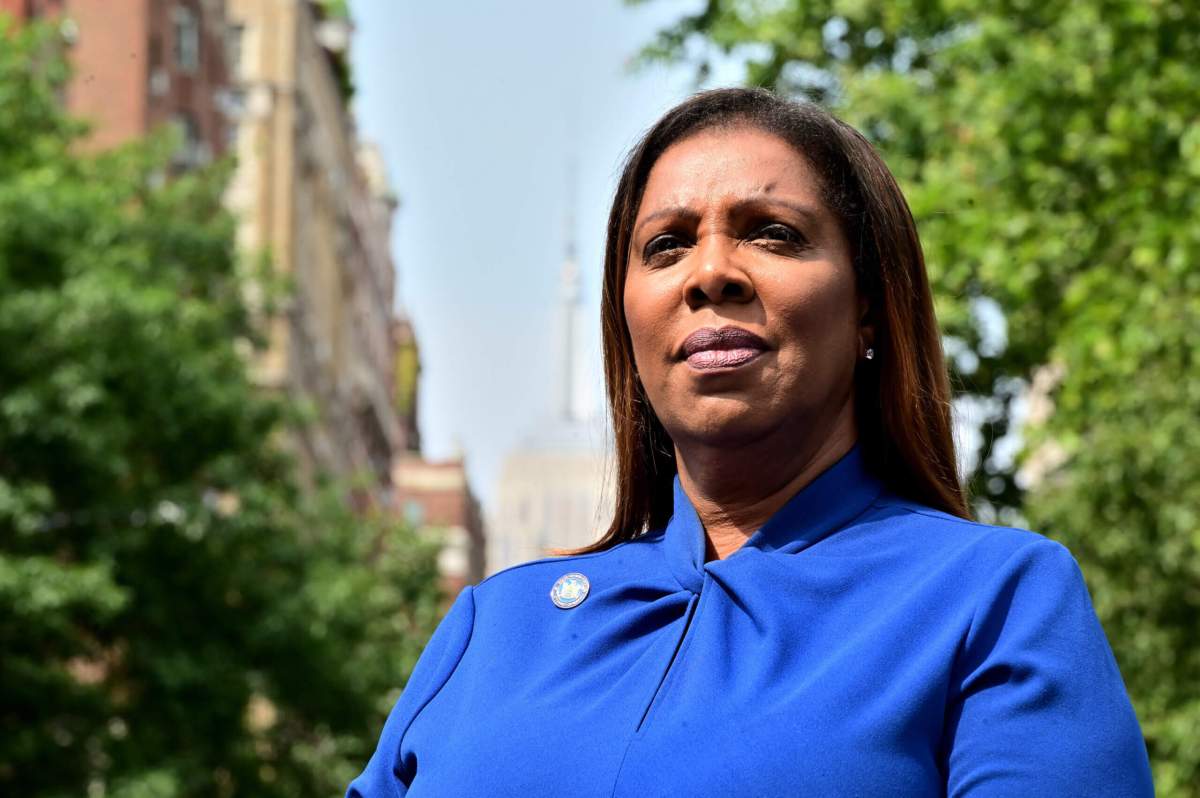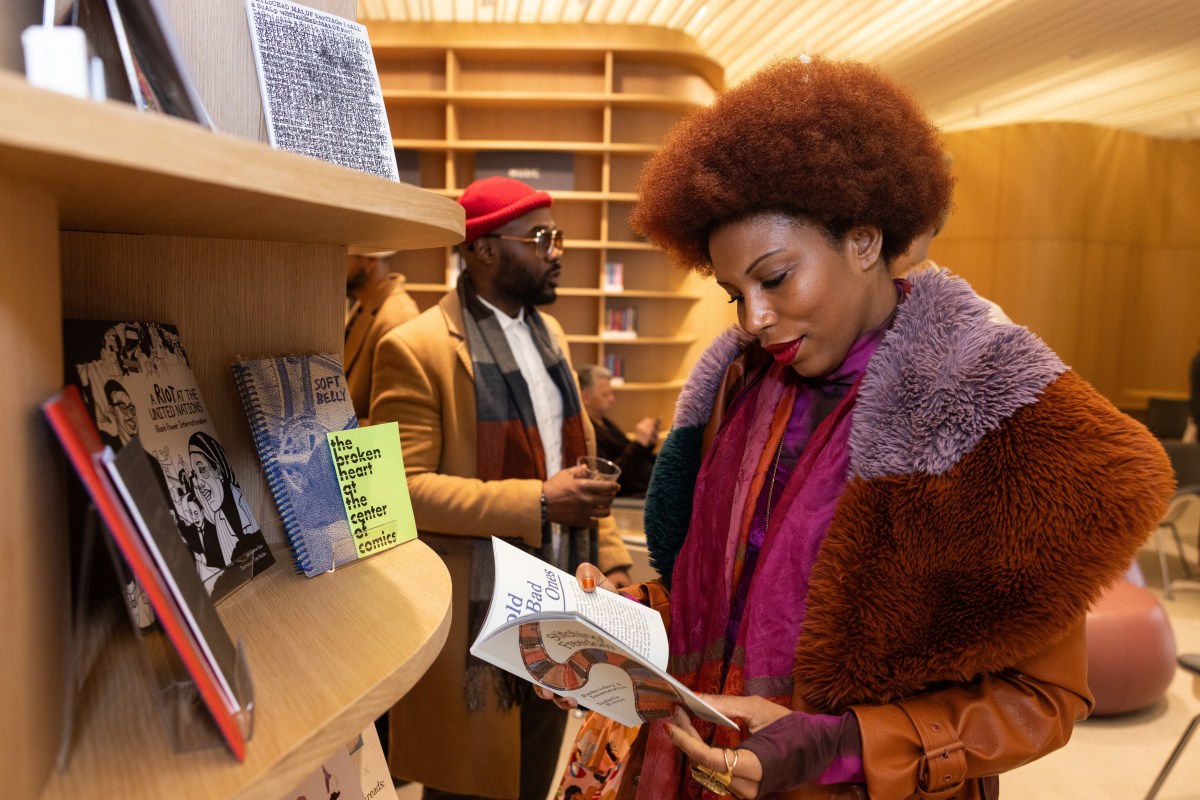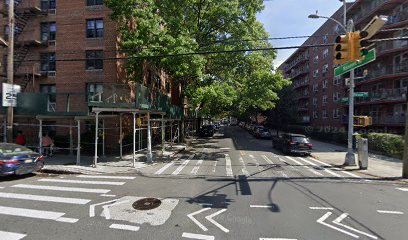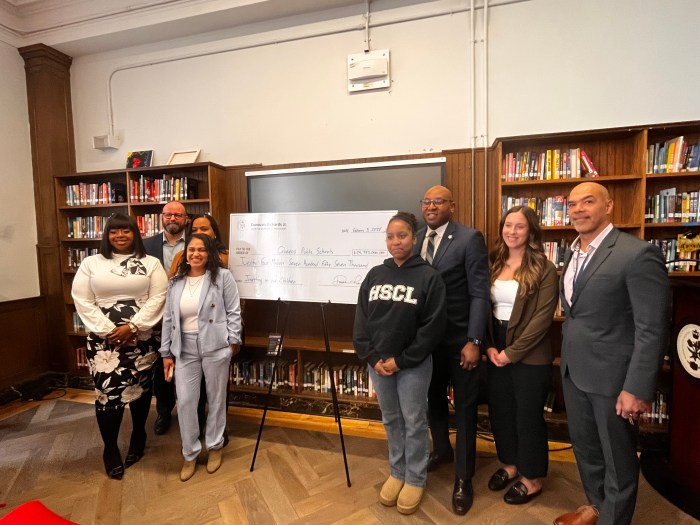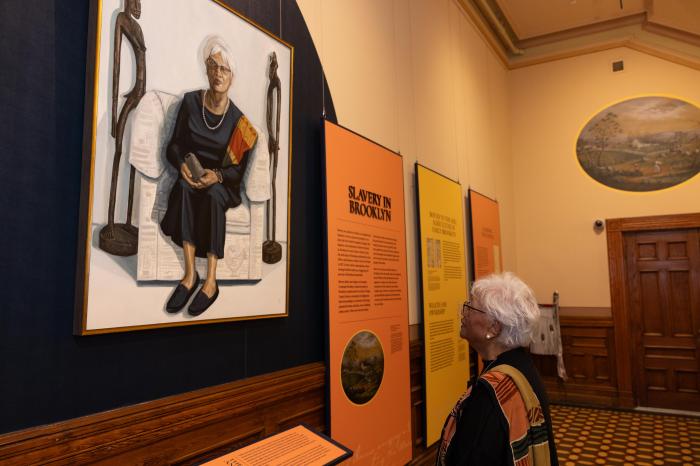Between 1964 and 1966, Andy Warhol quietly made film history by doing almost nothing at all.
It was the era of his “Screen Tests” — short black-and-white portraits of his various “superstars” and whoever else he felt like filming. The process was simple: put someone in front of the camera with little or no direction and let the camera run for 3 minutes. The result was then slowed down and unedited in its finished 4 1/2-minute version.
Presented in a gallery setting for the first time, “Poetry and Pose: Screen Tests by Andy Warhol,” is a selection of the work hosted by the Lower East Side’s Ki Smith Gallery and curated by Greg Pierce, the director of film and video at the Andy Warhol Museum in Pittsburgh.
“This is the first time that a selection of ‘Screen Tests’ has been exhibited by way of compiling every portrait from a sitter’s single session whereby the good and the not so good are presented together,” Pierce notes. “Everyone in this show was chosen because Warhol shot at least two portraits of them during a single session and some – Roderick Clayton and Peter Hujar – were filmed four times. The 16 people chosen comprise a small but representative mix that made up the creative melting pot that was Warhol’s Factory over a period of three years.”
Included in the show are all the original members of the Velvet Underground, Edie Sedgwick, Baby Jane Holzer and less familiar names like Kenneth King — who remembers Warhol turning on the camera and saying, “Well, I’ve gotta go now, and paint,” and walking away.
For Smith, the show is something special for the gallery.
“My grandfather once told me”, Smith muses, “that some shows are to sell and some are to show off. … So if I’m going to show off it might as well be a museum quality show.”
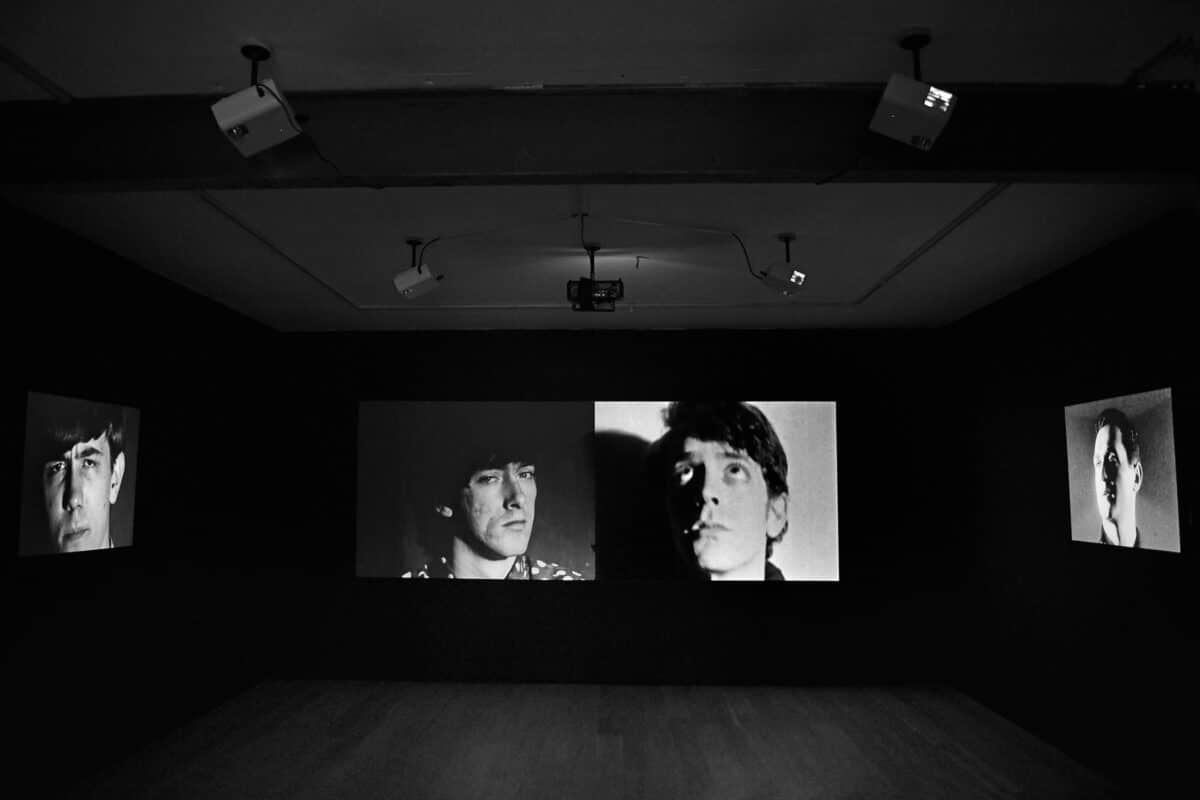
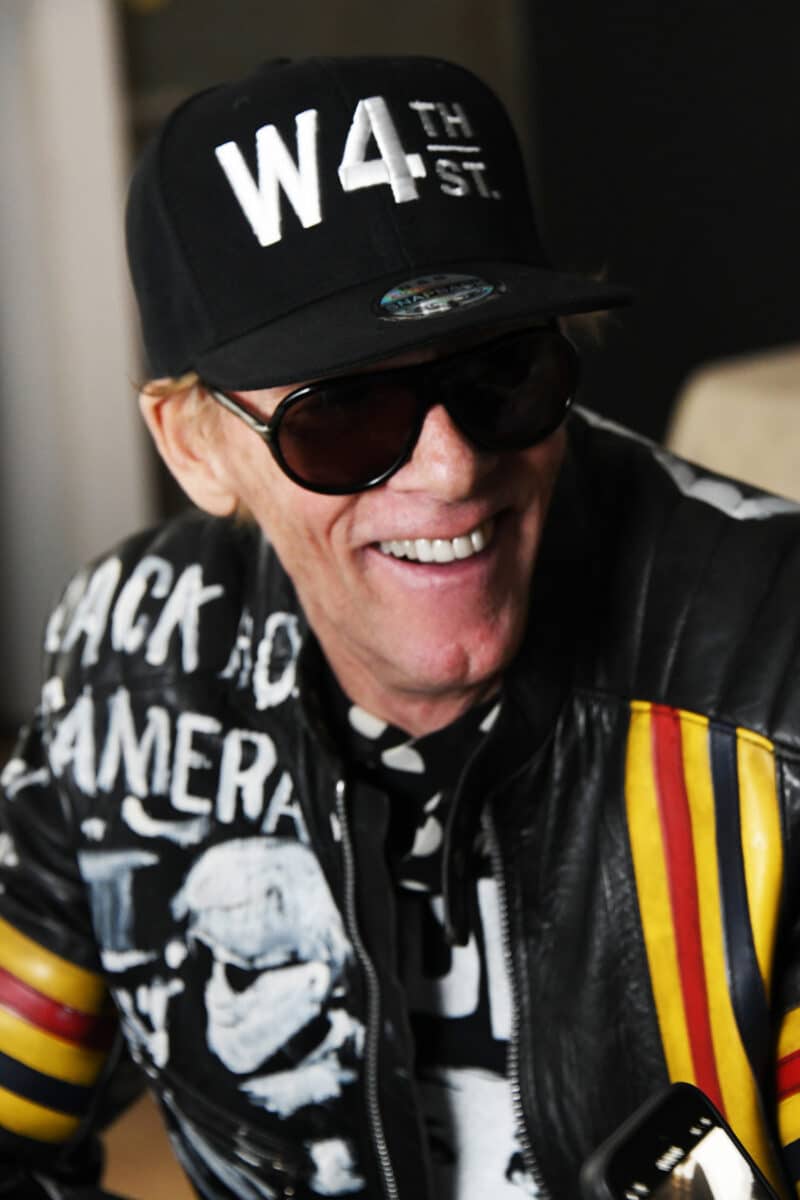
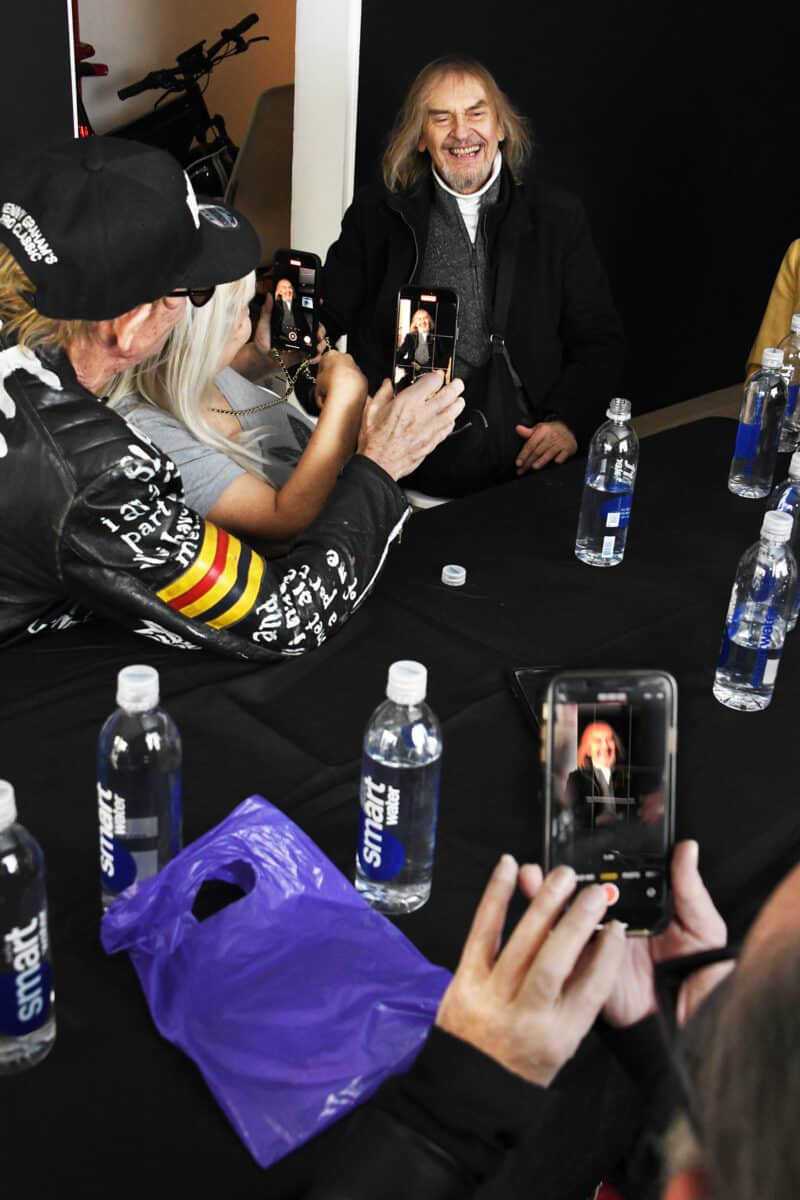
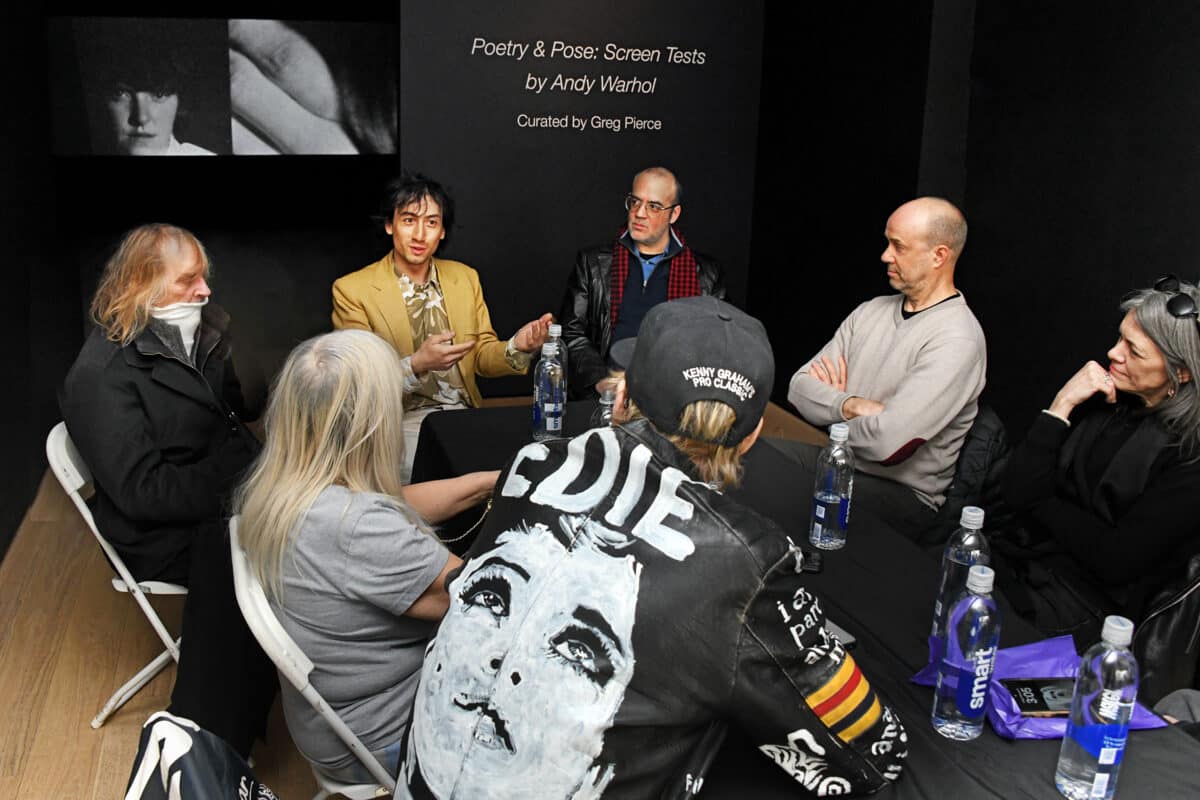
He notes that the show “highlights some of the more rare screen tests that not only don’t often get to see the light of day, but in some cases have never before been seen. I think one of the magical things about the screen tests is that it democratizes the factory, not just showcasing the household names that orbited Warhol but instead venerating the entire community, which is what made that scene.”
A very lively conversation took place the day before the opening with several people who knew Warhol and some who worked with him (although not on the actual screen tests).
Gathered in the Ki Smith Gallery were performance artist Penny Arcade (a Warhol superstar in the late 60s), musician and painter Walter Steding (Warhol studio assistant beginning in 1976), photographer Bobby Grossman (a freelancer for Interview Magazine) , Jeff Roth (part of the Warhol scene), actress/photographer Ronnie Norpel (assistant to Factory legend Gerard Malanga), photographer Dustin Pittman (a close friend of Warhol who made his own films with Candy Darling and Holly Woodlawn, among others) as well as Gallery owner Smith and Pierce, the curator.
While sussing out their perspectives on the Screen Tests and their relevance today, the crew frequently digressed with tales of Warhol that involved the artist’s milieu and his legendary stinginess (“he’d always say, ‘Oh, I’m broke’,” recalled one of the group) or the paintings that they should have held onto.
“He tried to give me a cow painting,” Arcade reveals. “I hated it – I gave it away.”
Pittman recalls Taylor Mead taking him out to dinner on the money he made from selling four Mick Jagger paintings in the 1970s. “I sold them for $100 to PosterMat!” Mead exclaims.
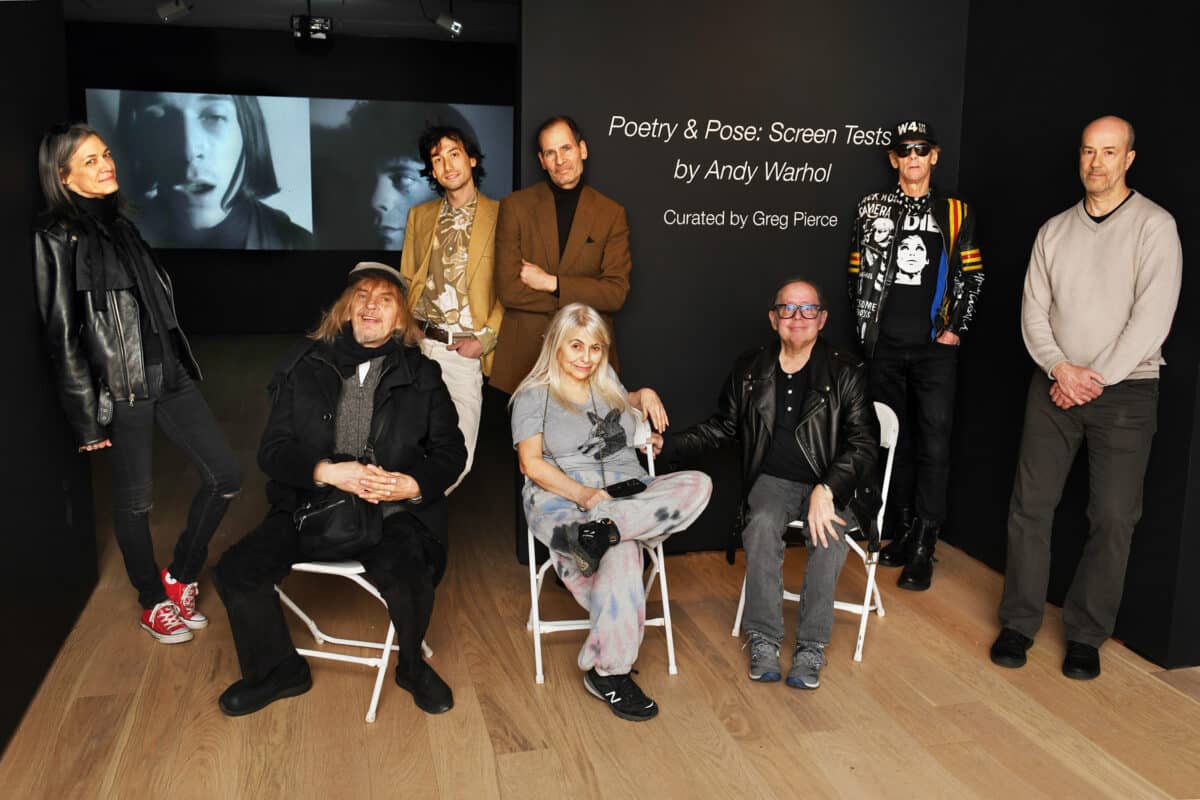
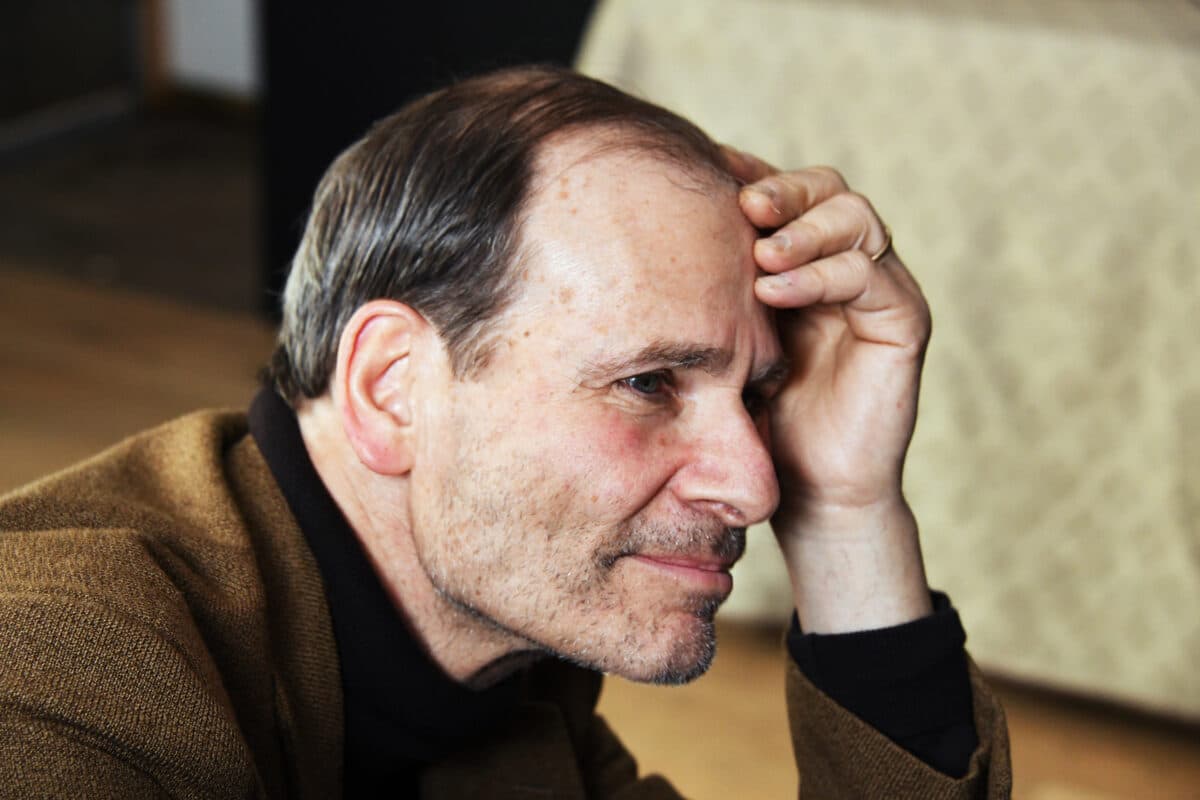
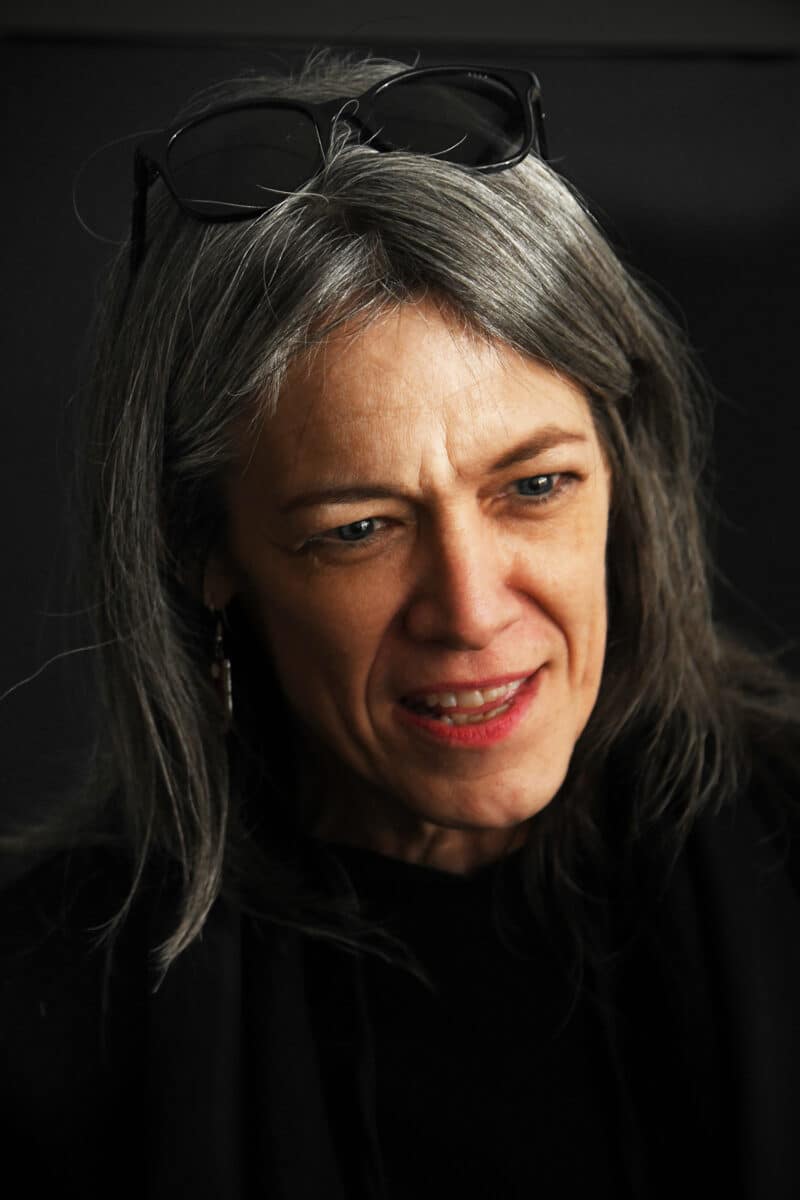
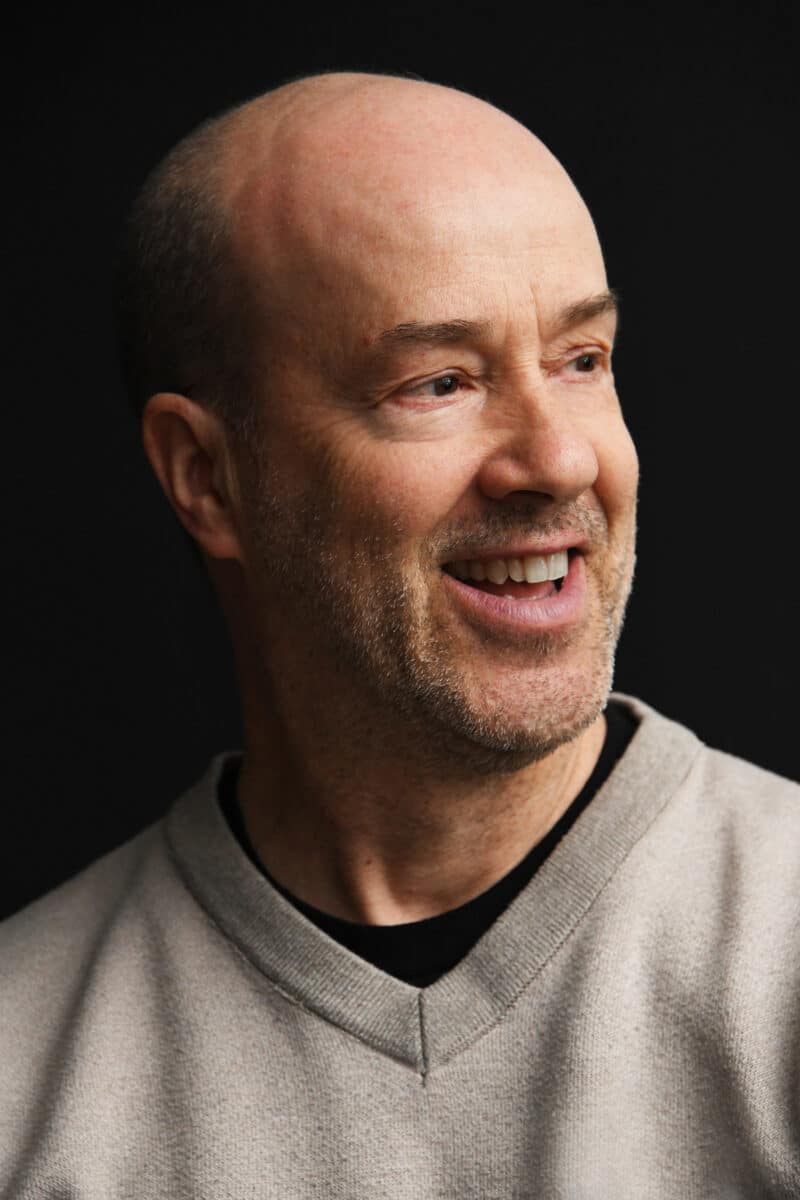
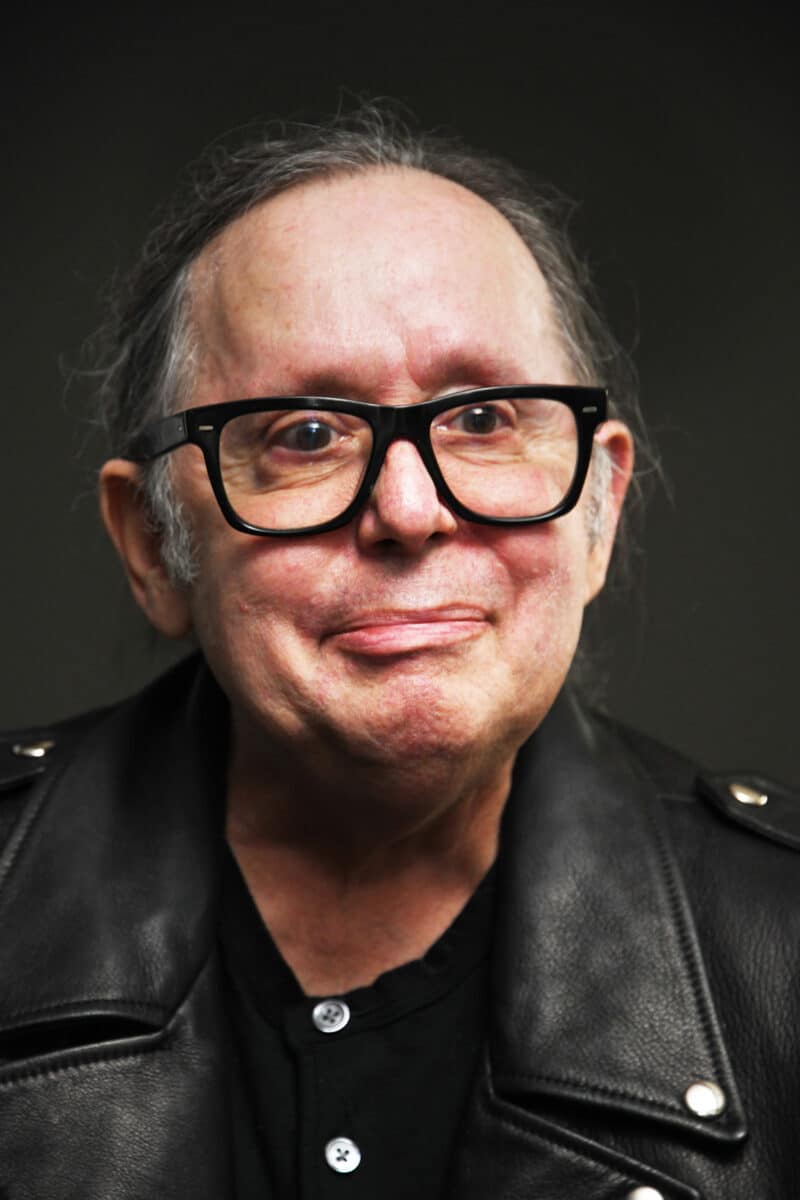
As for the work currently being projected, Grossman makes a point of the fact that their blunt style greatly influenced his own shooting style.
Pittman also learned a lesson or two from Warhol. “Anybody”, he realizes, “could pick up a camera and make a movie.”
Norpel discusses their purity, which is partly a result of the black and white film, while Smith points out that they are silent, adding a bit of mystery.
“The screen tests were old hat by 1970,” Arcade reveals. “But though they were seen as ordinary then, they are special now. They were forays into identity. Andy was a conceptualist – his real influence is on reality TV.”
“It’s like comfort food,” adds Pittman. “It’s a time and a place and a vibe that doesn’t exist anymore.”
“It’s important to know that these films had no commercial value,” Pierce notes. “He was buying 20-40 rolls of film a week on the money from his commercial work. He made over 370 of these screen tests.”
Smith mentions that “it was an incredible experience collaborating with Greg Pierce and learning from one of the leading experts on Warhol’s film and video works” and goes on to say that the show is already getting great response.
He says that, “I have been overjoyed to hear the many comments about the show that have ranged from viewers looking up some of the lesser known subjects to people making plans to come back so they can spend more time with the pieces, to viewers being surprised that in over half a century of existence, this is the first time that these works have been exhibited in a commercial gallery. I am honored to share this body of work with the contemporary downtown art scene and am humbled to be showcasing these works in the city where they were conceived.”
There will be number of live performances at the gallery during the run of the show.
More info at www.kismithgallery.com and on Instagram at @kismithgallery.
Read more: TWU Local 100 Highlights Major Union Achievements, Bumping Wages To 10%



